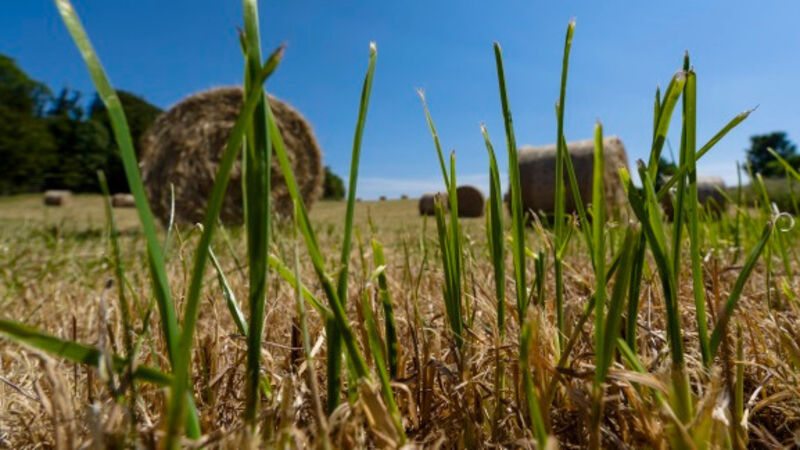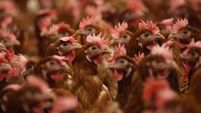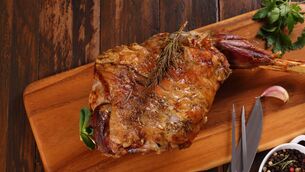Grass quality is very different this spring

Many dairy farmers have their milkers out by day, and some are looking at going out for a few hours after evening milking, while the weather allows.
It’s worth doing, particularly if you are milking early in the afternoon, because cows will eat more grass if they go back out in daylight.
Hopefully the weather will allow this to be the norm going forward this spring.
Some weanlings have also been turned out to grass, some to their own paddocks, while some are being used to graze cow paddocks that have grass covers way above target.
There has even been some mention of dry cows going to grass, this however should be avoided. Dry cows grazing lush covers of grass will get too much energy, over-conditioning them and their calves, and they will also be in big danger of getting milk fever and retained cleaning, due to excessive potassium in the sward.
Dry cows should be kept on a controlled diet until calved, to avoid metabolic disorders, and introducing grazing could undo all your good work very quickly.
It is particularly important at this time of year to have an appreciation of the quantity and quality of grass that is available to cows and cattle.
The first rotation of grazing is usually the highest dry matter, highest in fibre, lowest in energy, and lowest protein of any grazing throughout the year.
This spring, however, grass quality is very different, with dry matters of 13% to 17% recently, and much higher energy levels, due to the constant winter growth.
Unlike most Februarys, grass is a really rich green colour, meaning it is high in protein. It is worth remembering that grass is a feed ingredient like any other, and needs careful balancing from time to time in order to optimise performance.
As the grass available in the first rotation this year is a lower dry matter material, stock will be going through swards a little faster than you might expect.
As with all first rotations, allocating too much grass will result in a lot of waste, particularly in the first few days after turn-out, when animals will tend to do a lot of walking.
In heavier soils, or in wet weather, animals will also drag clay around on their legs, dirtying swards.
Poor sward management at this time of year can result in very low grass utilisation.
Many are commenting that there is little or no dead material at the base of swards this spring, unless the covers are exceptionally high. This is as a result of some paddocks being closed off early last autumn, coupled with the exceptional winter growing conditions.
Dead material at the base of swards has a very low feed value, and will reduce animal performance.
However, it needs to be taken off the paddocks in order to ensure good quality grass in subsequent rotations.
If grazing such paddocks, a strip wire is a good tool as it will ensure that a regular supply of fresh, more palatable grass is offered. The use of a strip grazing strategy will obviously depend on ground conditions, access to gateways, water trough location, and stocking rate.












